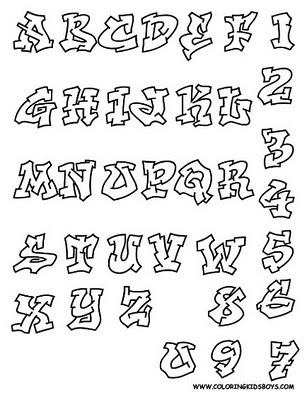Graffiti and graffito are from the Italian word graffiato ("scratched"). "Graffiti" is applied in art history to works of art produced by scratching a design into a surface. A related term is "graffito," which involves scratching through one layer of pigment to reveal another beneath it. This technique was primarily used by potters who would glaze their wares and then scratch a design into it. In ancient times graffiti was carved on walls with a sharp object, although sometimes chalk or coal were used.
The term graffiti referred to the inscriptions, figure drawings, etc., found on the walls of ancient sepulchers or ruins, as in the Catacombs of Rome or at Pompeii. Usage of the word has evolved to include any graphics applied to surfaces in a manner that constitutes vandalism.
The earliest forms of graffiti date back to 30,000 BCE in the form of prehistoric cave paintings and pictographs using tools such as animal bones and pigments. These illustrations were often placed in ceremonial and sacred locations inside of the caves. The images drawn on the walls showed scenes of animal wildlife and hunting expeditions in most circumstances. This form of graffiti is subject to disagreement considering it is likely that members of prehistoric society endorsed the creation of these illustrations.
Graffiti in the Middle East is slowly emerging, with pockets of taggers operating in the various 'Emirates' of the United Arab Emirates, in Israel, and in Iran. The major Iranian newspaper Hamshahri has published two articles on illegal writers in the city with photo coverage of Iranian artist A1one's works on Tehran walls. Tokyo-based design magazine PingMag has interviewed A1one and featured photos of his work.The Israeli West Bank barrier has become a site for graffiti, reminiscent in this sense of the Berlin Wall. Many graffiti artists in Israel come from other places around the globe, such as JUIF, from Los Angeles, and DEVIONE from London.















No comments:
Post a Comment